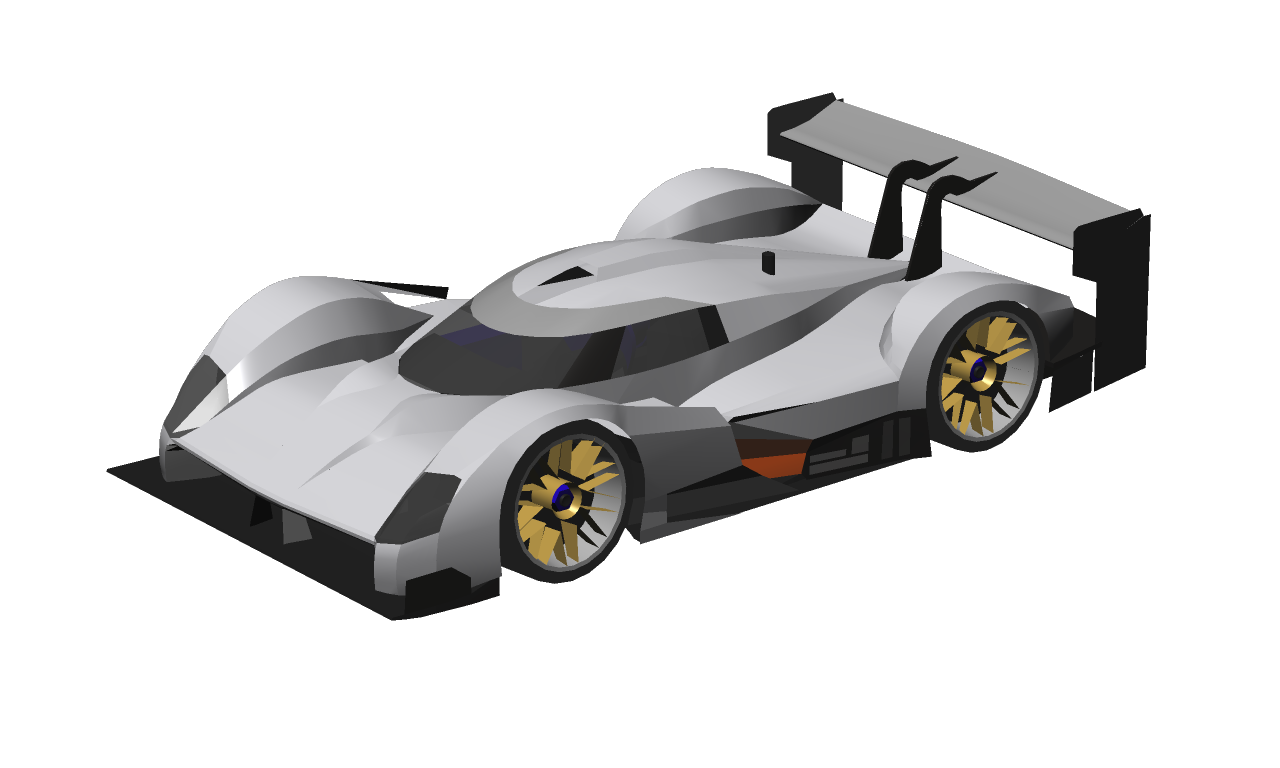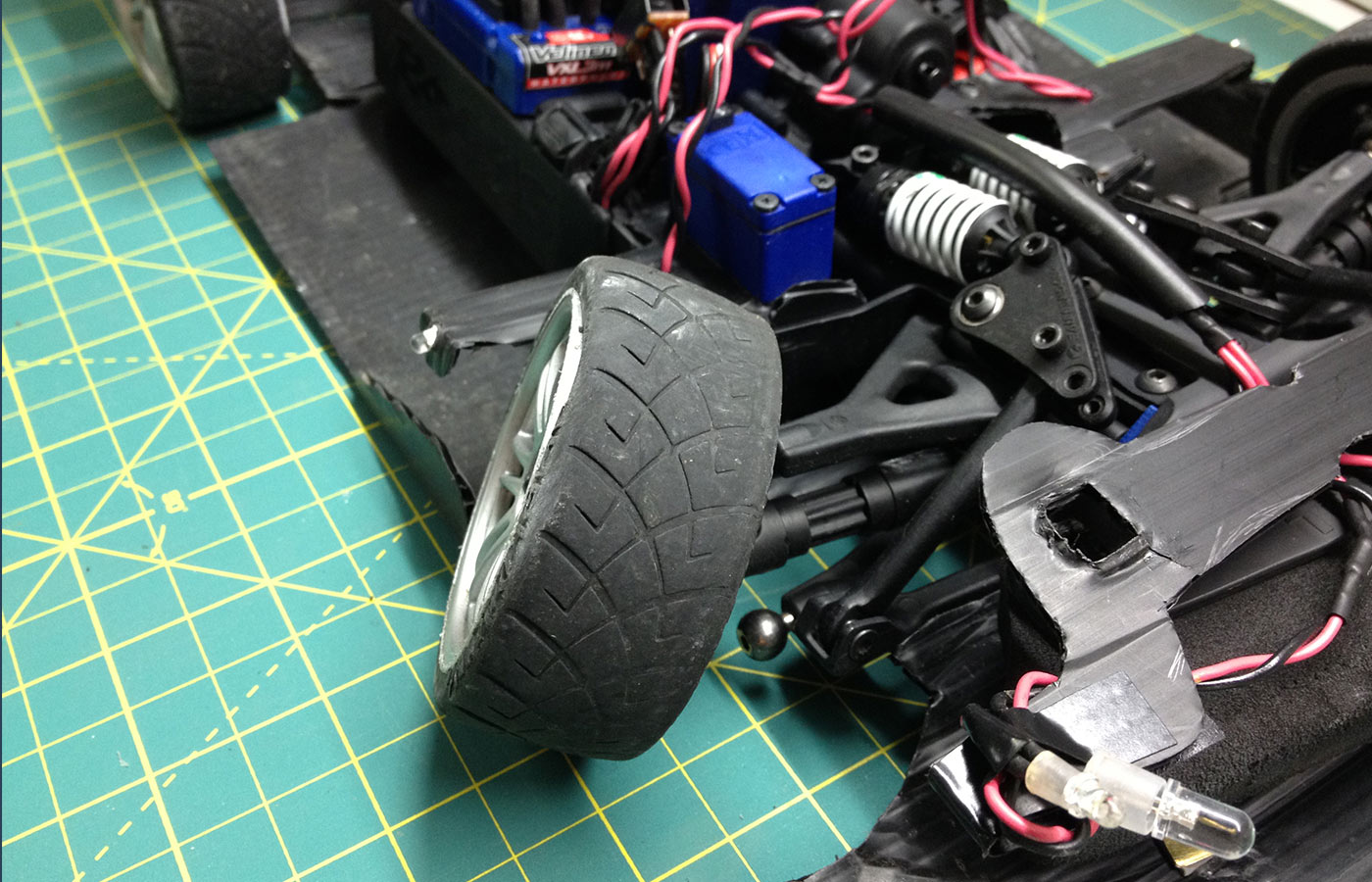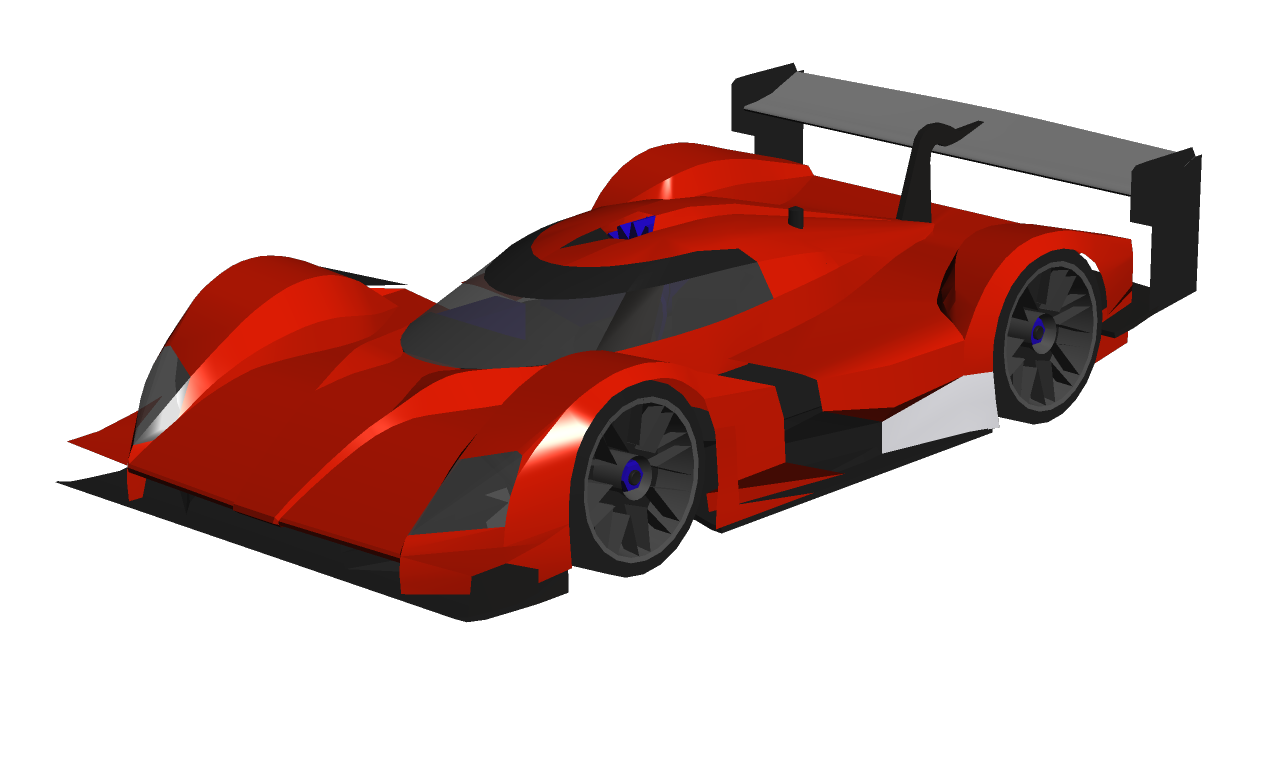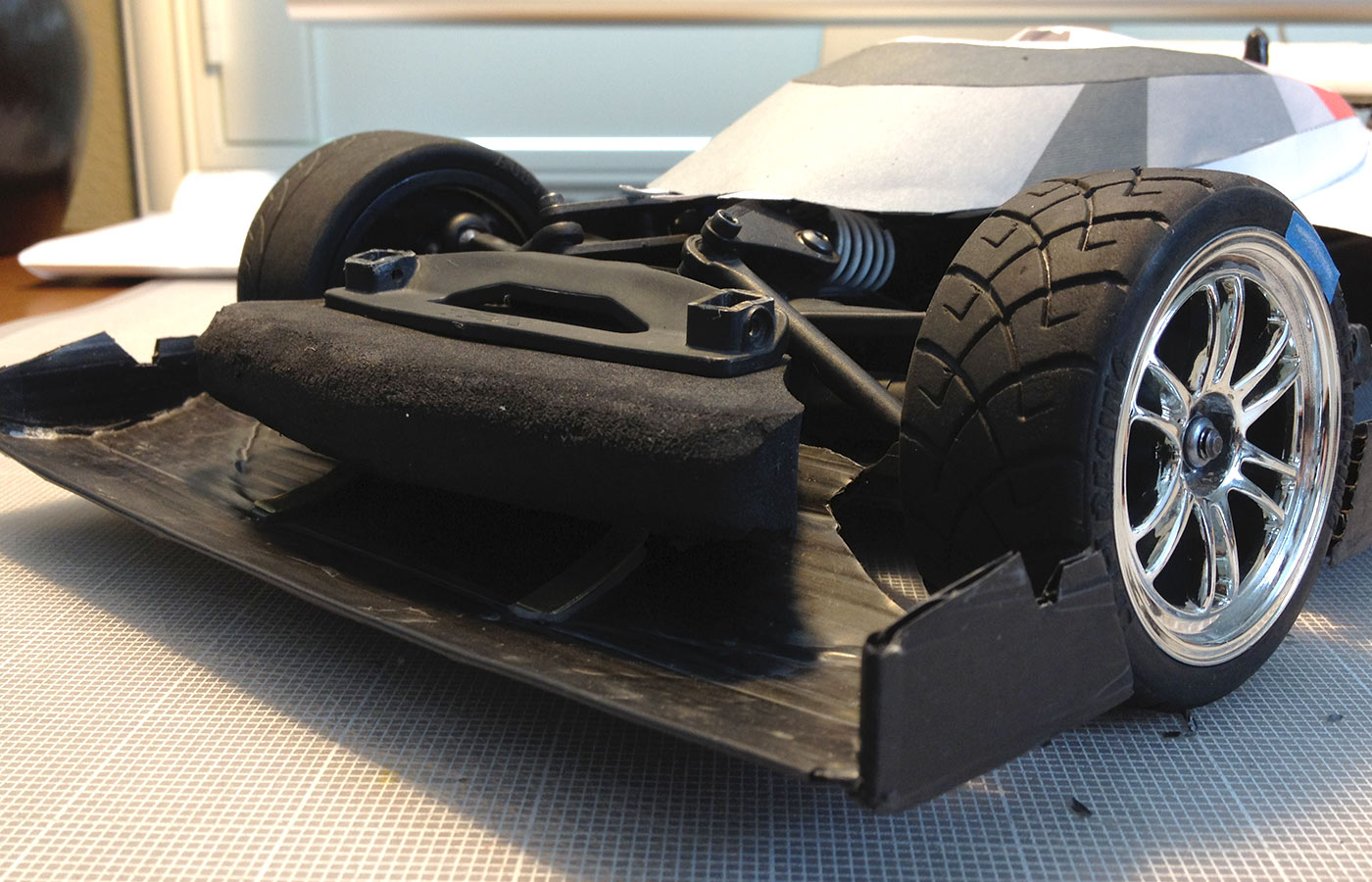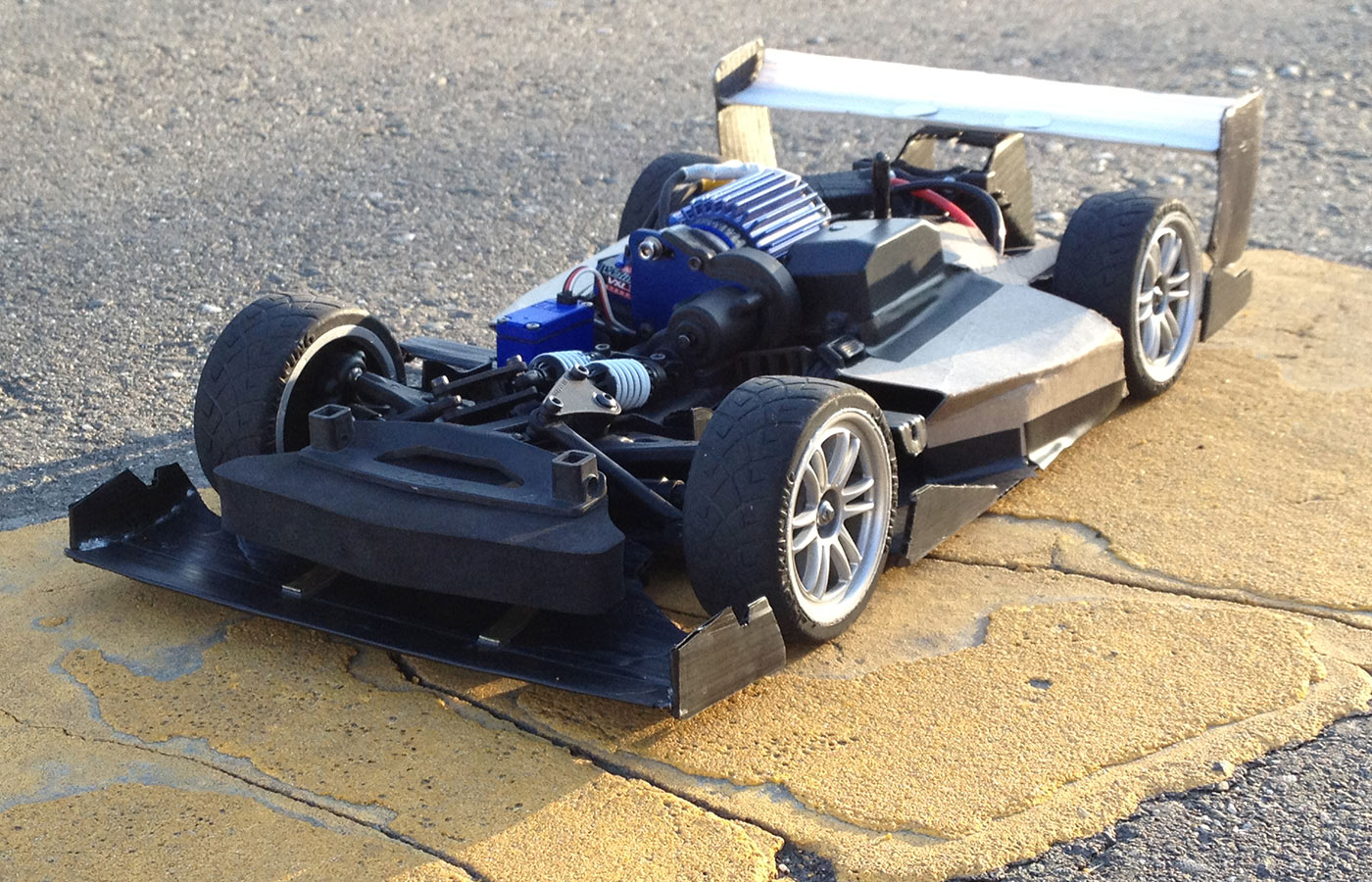
As part of the continued evolution work for the Traxxas 1/16 chassis, I have been looking into ways to stretch the wheelbase for stability and center-of-gravity purposes as well as to give me a platform to improve on the odd proportions defining my body-shell designs.
More »












